If we take a buck/boost converter that is known to function correctly, but increase the bulk capacitance by 10x, what can we expect to happen electrically?
Background:
I took the design below off TI's WEBENCH tool. Input: 10-14 V, output 12 V @ 8 A. The total input capacitance is 68 uF (CBulk, aluminum) + 3*15 uF (Cin, ceramic) = 113 uF.

After building it out on a board, I realized there were some serious instabilities occasionally; especially at higher loads, or if the load current suddenly changed. After a lot of debugging I finally realized a larger bulk capacitor (1000uF = 1 mF) upstream was causing it. After removing it, the PSU functioned as intended. In reality, my input stage was:

simulate this circuit – Schematic created using CircuitLab
Now everything is working, but I'd like to understand better before proceeding:
- Why did the large bulk capacitor cause the instability in the output?
- How can we calculate the bulk capacitor size limit?
- Is the bulk capacitor size limit a function of the output capacitors?
